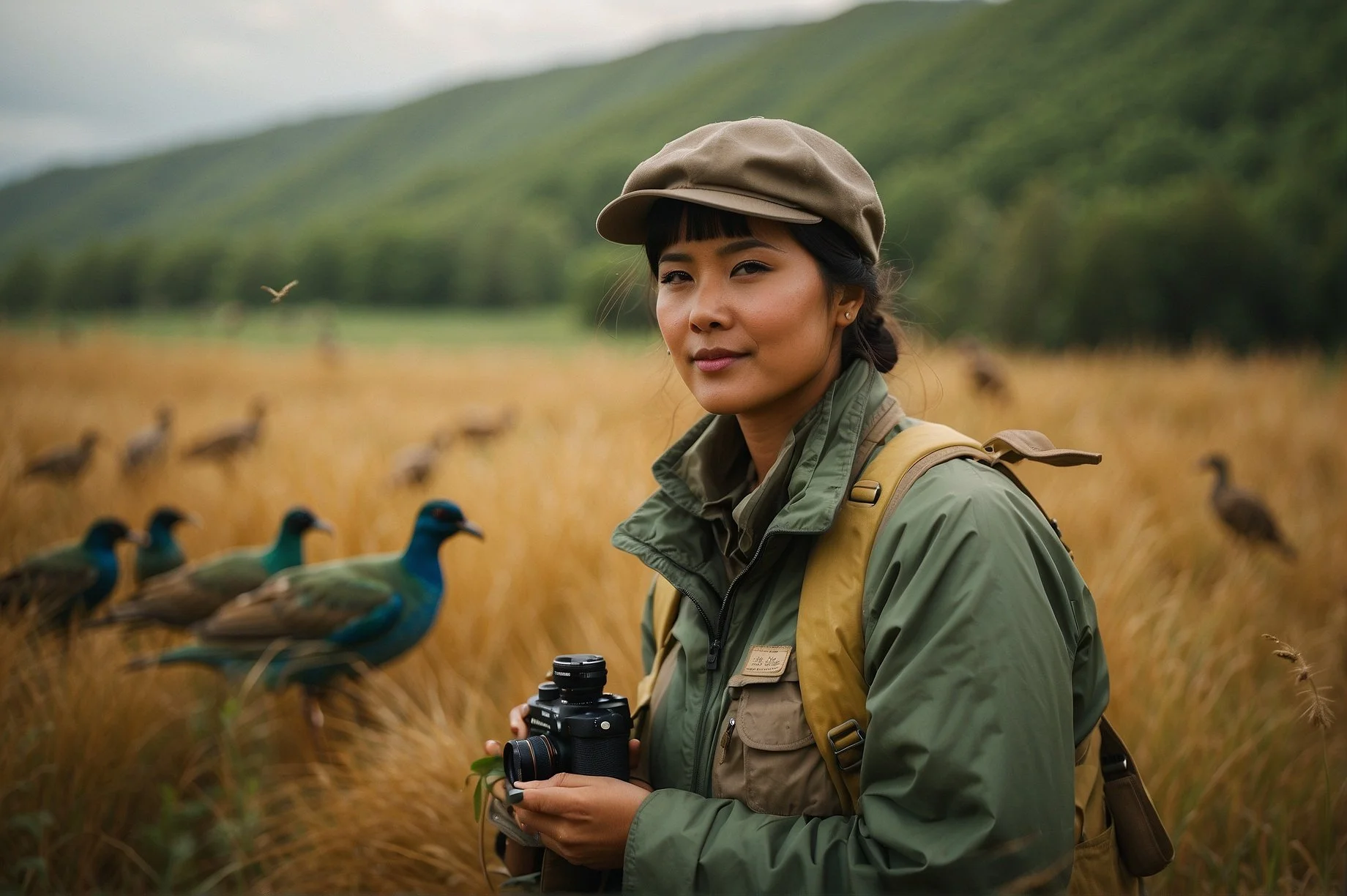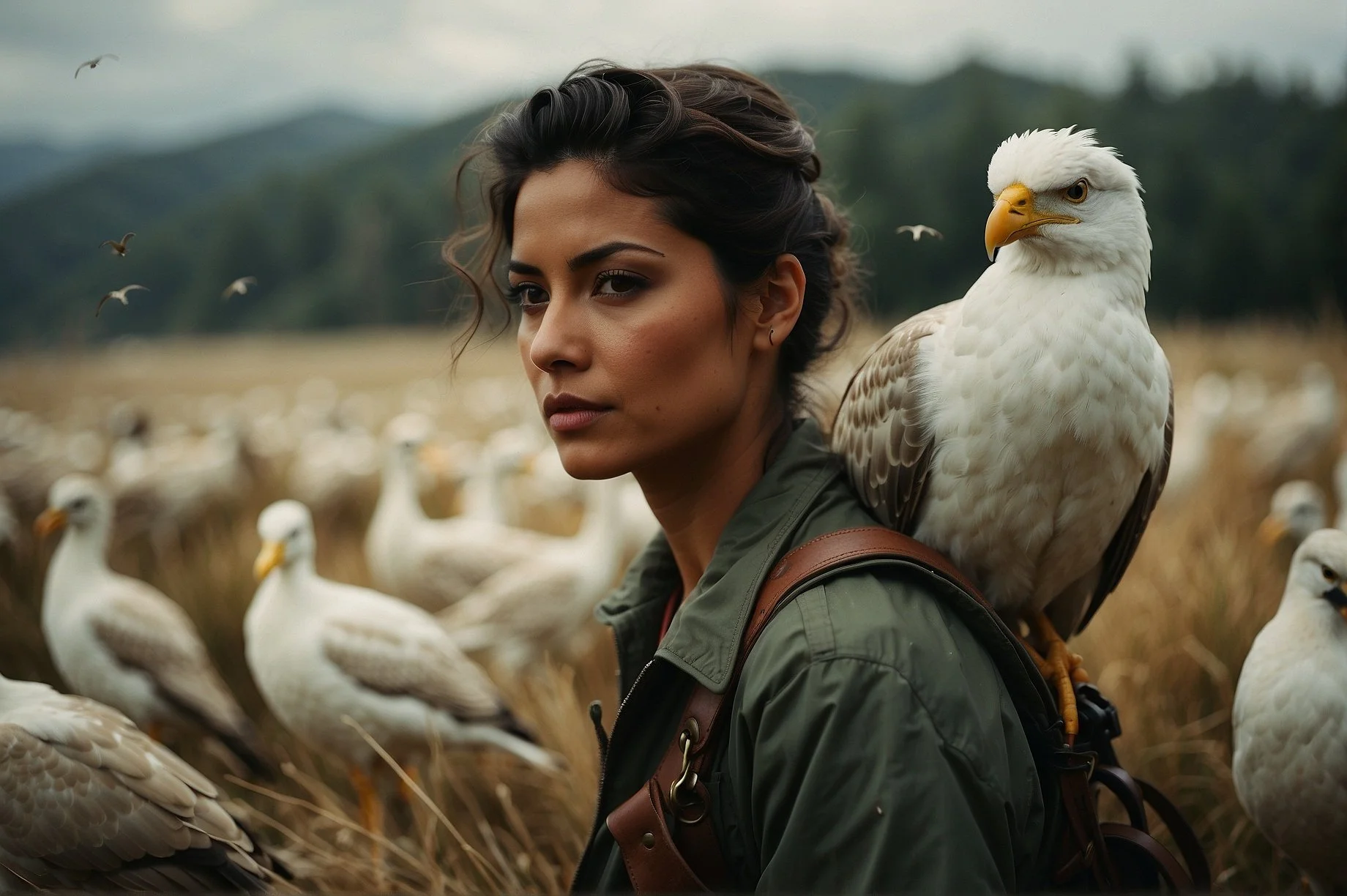Preserving Our Birds: Advancing Conservation Efforts
Birds, in their myriad colors and melodious calls, serve as a bridge between us and the vast wonders of nature. In this engaging blog post, we delve deep into the world of these winged wonders, shedding particular light on their migratory behavior, the pressing need for conservation, and offering practical guidance for bird-watching enthusiasts.
Come with us on this journey as we explore the intricate ecosystems of these avian marvels, emphasizing the critical nature of conservation efforts so that we may appreciate the joys of birdwatching.
Conservation Efforts
The burgeoning threats of habitat loss, climate change, and human intrusion have put numerous bird species on the brink of extinction. Conservation efforts worldwide are at the forefront of the fight to preserve these winged wonders. They aim to mitigate these threats, safeguard habitats, and promote sustainable practices.
The Impact of Habitat Loss
Habitat loss is one of the most pressing threats facing bird populations worldwide. As urbanization and industrialization sweep across the globe, pristine forests, wetlands, and other natural environments that serve as birds' homes are being destroyed at an alarming rate. This not only robs birds of their nesting, feeding grounds, and natural habitat but also disrupts migratory routes and can lead to the decimation of entire species.
Initiatives to Safeguard Avian Habitats
Numerous conservation initiatives have been implemented in the face of such daunting challenges. From international agreements restricting the destruction of critical bird habitats to community-based programs that encourage the construction of birdhouses and feeders in local parks and gardens, these efforts are crucial to preserving the diverse bird species inhabiting our planet.
Furthermore, organizations are working tirelessly to rehabilitate injured birds and reintroduce them into the wild, providing these fascinating creatures a second chance at life.
Studies and Examples
The Audubon Society's Climate Initiative
The Audubon Society, one of the most prominent bird conservation organizations in the United States, launched an ambitious initiative in 2014 to combat the effects of climate change on bird populations. Recognizing that climate change represents the greatest long-term threat to birds, the Audubon Society's initiative employs sophisticated climate modeling to predict future changes in bird ranges.
This data is then used to create strategic conservation plans to preserve the most vulnerable species. The organization collaborates with local communities, policymakers, and other conservation groups to implement these plans, leveraging its extensive network of nature centers and chapters nationwide. Through grassroots action, advocacy, and education, the Audubon Society's climate initiative significantly impacts the preservation of bird species threatened by climate change.
https://www.audubon.org/conservation/climate-initiative
The RSPB's Gough Island Restoration Program
Across the Atlantic, the Royal Society for the Protection of Birds (RSPB) in the UK has spearheaded a significant conservation effort with their Gough Island Restoration Program. Gough Island, a UNESCO World Heritage Site, is home to more bird species than any other island on Earth, but the introduction of invasive house mice has led to a drastic decline in the bird population.
The mice prey on the eggs and chicks of the birds, many of which, due to a lack of natural predators, have no defenses against them. The RSPB's program aims to eradicate the mice from the island using a specially formulated rodenticide, allowing the bird population to recover. This challenging initiative, done in collaboration with the Tristan da Cunha government and BirdLife South Africa, is a prime example of critical conservation initiatives.
The Kakapo Recovery Program in New Zealand
In New Zealand, the Kakapo Recovery Program is working tirelessly to save the kakapo, a flightless parrot that is one of the world's most critically endangered birds. By the 1990s, the kakapo population had dwindled to just 50 individuals, prompting urgent conservation intervention.
The program employs a broad range of strategies, including intensive monitoring of individuals, research into kakapo breeding and diet, and management of the species' predator-free island refuges. As a result of these efforts, the kakapo population has steadily increased, signifying a beacon of hope for this rare species. This success story underscores the power of dedicated conservation efforts in turning the tide for endangered species.
https://www.meridianenergy.co.nz/community-support/kakapo-recovery-programme
Impact of Climate Change and Conversation Efforts on Bird Species
Climate change poses a significant threat to global biodiversity, altering the delicate balance of ecosystems and accelerating the decline of already endangered species. Rising temperatures, shifting weather patterns, and more frequent extreme weather events disrupt the natural habitats of countless species, forcing them to adapt, migrate, or face extinction.
Oceans are becoming more acidic due to increased carbon dioxide absorption, damaging marine ecosystems and the species that depend on them.
On land, animals and plants are forced to relocate to cooler climates, often leading to habitat loss and increased competition for resources. However, conservation efforts worldwide are rising to the challenge, implementing creative and effective strategies to protect endangered species and their habitats.
Adaptive management strategies, habitat restoration, and species recovery programs like the ones mentioned above are making significant strides in reversing the decline of endangered species.
Technological innovations also play a crucial role, with advancements in tracking and monitoring technology enabling more effective management and wildlife protection. Despite the daunting challenges posed by climate change, the determined efforts of conservationists worldwide provide a glimmer of hope for the future of our planet's diverse flora and fauna.
Why is the conservation of birds important?
Protecting birds is crucial because birds play vital roles in ecosystems. They control pests, pollinate plants, spread seeds, and serve as indicators of environmental health. Losing bird species can disrupt these ecological functions, leading to profound consequences for other wildlife and humans.
How can I contribute to bird conservation?
Individuals can contribute to bird conservation in several ways. You can start by creating bird-friendly habitats in your backyard by planting native plants and providing clean water sources. You can also participate in citizen science projects, donate to conservation organizations, and advocate for bird-friendly policies to protect birds. Moreover, watching birds carefully and responsibly can help contribute to bird conservation.
What are the negative impacts of bird populations without conservation efforts?
Without conservation, bird populations can suffer significant adverse impacts. Habitat loss from deforestation, urbanization, and climate change can reduce bird populations and even cause certain species to go extinct. Invasive species, diseases, and pollution also threaten and harm birds. Changes in bird populations can disrupt ecosystems, affecting ecological balance, agricultural systems, and food security. Thus, conservation efforts are vital to maintaining healthy bird populations and habitats.
Do migratory birds play a unique role in ecosystems?
Migratory birds play a vital role in ecosystems. They disperse plant seeds, promote plant diversity, and aid in forest regeneration as they travel between breeding and wintering grounds. Additionally, they help control pest populations and serve as environmental health indicators across large geographical scales.
Conclusion
Birds are a source of inspiration, wonder, and joy. Their migratory journeys, conservation needs, and sheer beauty remind us of the interconnectedness of all life on Earth.
Remember to respect and appreciate these incredible creatures as you embark on bird-watching endeavors. We can play a vital role in their protection and conservation by fostering a deeper understanding and appreciation for birds.
So grab your binoculars, step outside, and embrace the world of birds. Through bird watching, we can forge a stronger connection with nature and contribute to the well-being of these remarkable creatures that grace our skies.
Happy Birding!
wild places, open spaces, national academy, natural places, fly, migration, insect, cat, predation, half, conserve, environment, parrots, passenger pigeon, bring birds, helping birds, nearly half, forests hold, more birds, plastic bags, many birds, many birds, shade grown coffee, largest source, seabirds, glass, glass, disappearing, natural world, nest sites, forest birds



